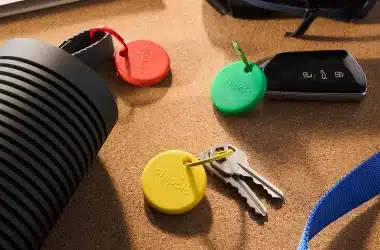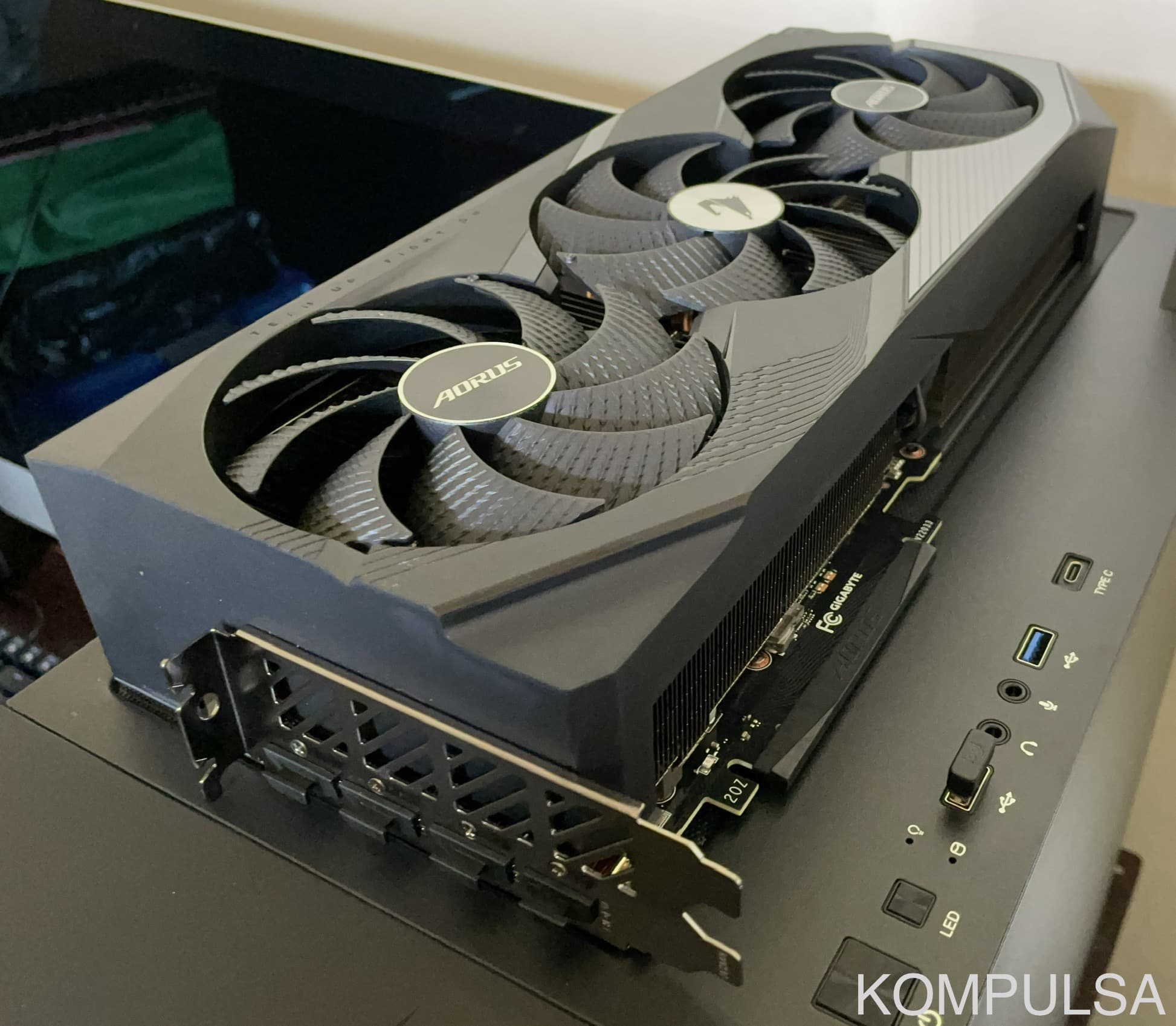Cost Of Solar Power
In order to understand the following, you need to read this.
- The cost of solar power (if photovoltaic technology is used) is an average of 12.5 cents/kWh in the United States. The amount of solar radiation varies significantly with location. More radiation normally translates to a lower cost per kWh.
- The cost of solar thermal (steam) power is 23.9 cents/kWh.
All figures are in USD.
Cost of solar power in comparison to conventional sources of electricity: Solar electricity from solar power plants (not rooftop solar setups) is more expensive than electricity from coal power plants (at the moment). However, it is important to consider the inversely proportional price trend that they both have been following. The cost of coal is on the rise, and the cost of solar is declining.
The extent to which the cost of coal inflates is also very important, and is more than significant enough to financially justify extensive R&D (Research and Development) of alternative sources of energy.
The cost of coal electricity will inevitably exceed the cost of solar power due to the laws of demand and supply as well as dwindling coal reserves, because coal is not renewable.
Residential
Residential solar setups are cheaper than utility supplied solar electricity for multiple reasons even though power plants can purchase the same solar panel technology at a lower price than most consumers due to quantity discounts), some of which include:
- No step-up and step-down transformers or transmission equipment has to be purchased by the resident.
- No wages nor salaries to pay.
How much do solar panels cost?: This is dependent on your power consumption. Solar panels themselves cost $2.50 to $5.50 USD per watt (so a 1,000 watt panel array costs $3,500 to $5,500 USD. You have to factor in both the dollars and cents/kWh. Do not practice approximation when comparing solar panel prices. A price difference of $0.50 per watt for a 1,000 watt panel is $500.
Please read the “Importance of Solar Panel Efficiency” section before continuing.
To determine the cost per watt of a solar panel using the price tag: price tag divided by wattage.
How much does it cost to install solar panels?: This varies, but it is common for solar setups to cost $7 to $9 per watt. You would then multiply that by the desired panel wattage, which is also difficult to determine, scroll up to learn more about that.
Residential Cost Of Solar Power Per kWh (April 2011)
Assumptions:
No Government Rebates.
Year: 365 Days.
Currency: USD.
Hours per year if half of each day was completely dark (during the day of course) with absolutely no sunlight like night-time (very conservative assumption): 2,190 hours. This would mean that during the day there would only be 6 hours of daylight instead of 11 to 13.
Cost of solar panel: $3 per watt of electricity generating capacity. The price of it would be $3,000 excluding installation because $3 per watt * 1,000 watts = $3,000.
Wattage of Entire Solar Setup: 1,000 watts.
Such a solar setup could generate 2,190 kWh of electricity per year (1,000 watts is 1,000 Wh for every sunny hour). Multiply that by the 30 year lifespan of the panels and the result is 65,700 kWh or 65.7 MWh.
To determine the cost per kWh of electricity generated by the panels over the 30 year period, divide the cost of the panels by the amount of electricity that they would generate after 30 years.
Divide $3,000 by 65,700 kWh and the result is $0.045/kWh or 4.5 cents per kWh. Remember that is unrealistic because the amount of sunlight is underestimated.
Solar panels still generate electricity when it is cloudy but it can be used as an example to help you to understand what you need to take into consideration to calculate the cost. My power consumption page will explain how I calculated what I did above.
The average number of hours of sunshine per year for your geographic location can help you to make your calculations. Remember that the average number of hours of sunshine does not include cloudy daytime hours in this example.
Full Cost Of Solar Including Installation, No Rebates And Everything Else (Solar LCOE)
Assuming the same weather that I described above, and using the same calculation method:
$7 per watt is a common cost of a grid-tie (connected to electricity grid to turn meter backwards without batteries) solar setup in the United States. $7 per watt total for a 1,000 watt solar panel array is a total cost of $7,000.
Therefore, the unsubsidized cost per kWh is 10.6 cents or $0.106 (this is equivalent to 6.6 pence, £0.066, which is 7.52 eurocents or €0.0752/kWh). If it was a 3 kW system that you wanted, the cost per kWh would still be 10.6 cents.
This is comparable to the cheapest conventional sources of electricity in the U.S such as coal. People pay $0.09 to $0.11/kWh on average for electricity in the United States for example [source], and much more in some other locations, especially those that utilize gasoline and diesel generators.
This cost includes everything.
The Cost Of Solar If The Government Paid 30% Of It
$4,900 or $4.90 per watt which is $0.074/kWh or 7.4 cents/kWh (USD).
Factors Affecting The Cost Of Solar Power
The cost of a solar power plant or a residential system is affected by a variety of factors discussed below.
The Impact Of Solar Panel Efficiency On The Cost Of A Solar System
The lower the efficiency of a solar technology, the less electricity it will generate per square meter. Therefore, this means that less efficient solar panels are larger, per watt, than higher efficiency panels.
If a one square meter solar panel is 100% efficient, then it would have a peak power output of 1,000 watts. If it is 50% efficient, then the peak power output is 500 watts. Since the second panel is 50% efficient, it generates half as much electricity as the technology which is 100% efficient.
If you wanted to use panels which are 50% efficient to generate 2,000 watts of solar power, then you would need 4 square metres of them, but they would only generate 2000 watts when it is sunny. Power output decreases with solar radiation.
There is the possibility that contractors may charge you more money to install larger solar panels, since they are more difficult to install, and take longer to install as well, in such cases, it would cost more to install lower efficiency panels, because they are larger.
Please weigh the total cost of buying and installing low efficiency panels with the cost of high-efficiency panels to determine which suits you best. Get a quote from contractor organizations.






We just put up 22 panels at our home as a ground mount system. It is a total of 7.4 KW. So far we are very pleased with the output. Electric bills have dropped to the cost of hooking up to the grid.
I’m glad to hear it! As an early adopter, you’re helping the solar industry move forward.